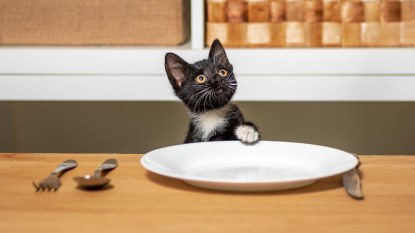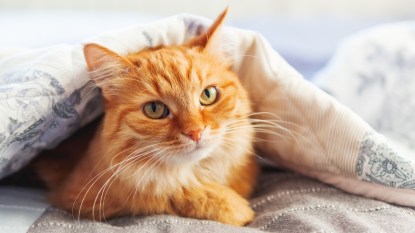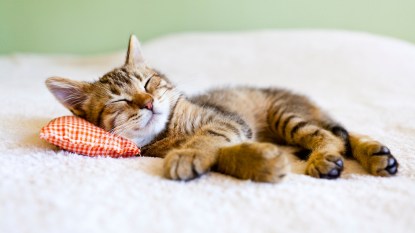Here’s What Happened When I Did a DNA Test on My Cat
The results were definitely surprising.
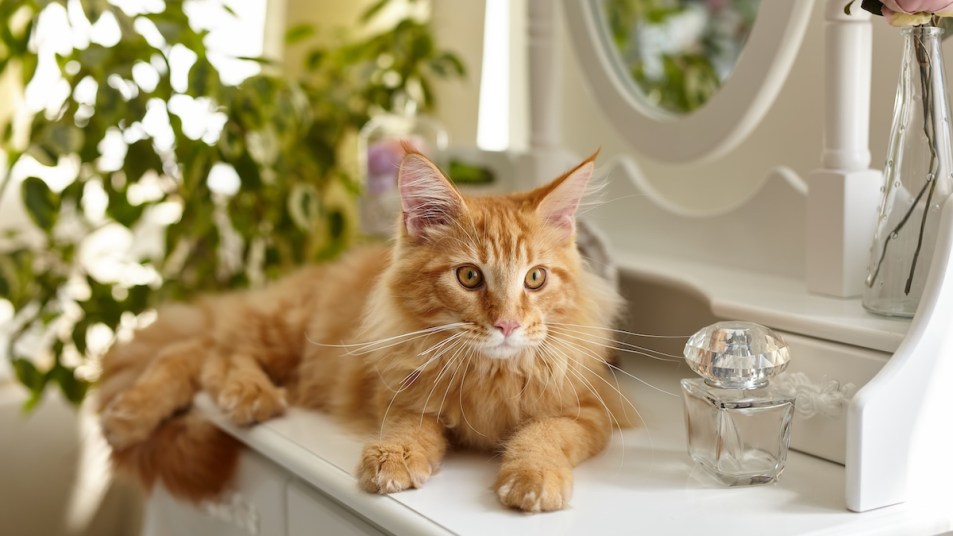
If you’re the proud parent of a shelter or stray (rather than purebred) cat, chances are good you’ve wondered about their background. Sure, there are the typical Domestic Shorthair and Domestic Longhair designations, but these are generic terms referring to a mix of breeds — the mutts of the cat world, so to speak. If you want to get more specific, there are tabbies, torties, tuxies, gingers, and other descriptors that may sound like breed names but are actually just categories for common cat coat colors and markings. If you didn’t get your cat from a breeder, you probably have no idea what breed your cat actually is — and that’s okay, as their mystery is part of their charm! But if you simply need to know more about your cat’s ancestry, a DNA test is the way to go. I tried one on my cat Irving, a two-year-old black-and-white tuxedo. Keep reading to learn how it went, and find out whether it’s worth purchasing for your own feline friend.
How does a cat DNA test work, anyway?
The test I used was courtesy of Basepaws — a name you might recognize from the popular business-themed reality show Shark Tank, where the brand’s founder made a successful deal in season 10. Since then, Basepaws has become widely recognized as one of the best cat DNA tests on the market (alongside popular brand Wisdom Panel). Basepaws offers three different varieties of test, and I tried the Breed + Health Cat DNA Test (Buy from Basepaws, $159): This one promised to analyze my cat’s breed, as well as his genetic markers, for certain health conditions. I have to admit, I was skeptical — would I be able to interpret the test results? And how would I know whether it was accurate? I can’t exactly call up my cat’s relatives and consult them.
My test arrived in a small rectangular box containing a swab that would later be placed inside a sealed bag and mailed back for analysis — similar to the way a human DNA and ancestry test kit works, like 23andMe. While the instructions were simple to follow, actually getting my cat’s DNA sample was easier said than done. The test requires you to swab your cat’s cheek — which means you have to hold their mouth open, get the swab inside, and rub it around enough to collect a sample. It was ultimately a two-person job (cats famously do not like to cooperate), but eventually I got a successful swab of Irving’s DNA. Once you mail back the test, it takes four to six weeks to get the DNA results. I waited with bated breath.
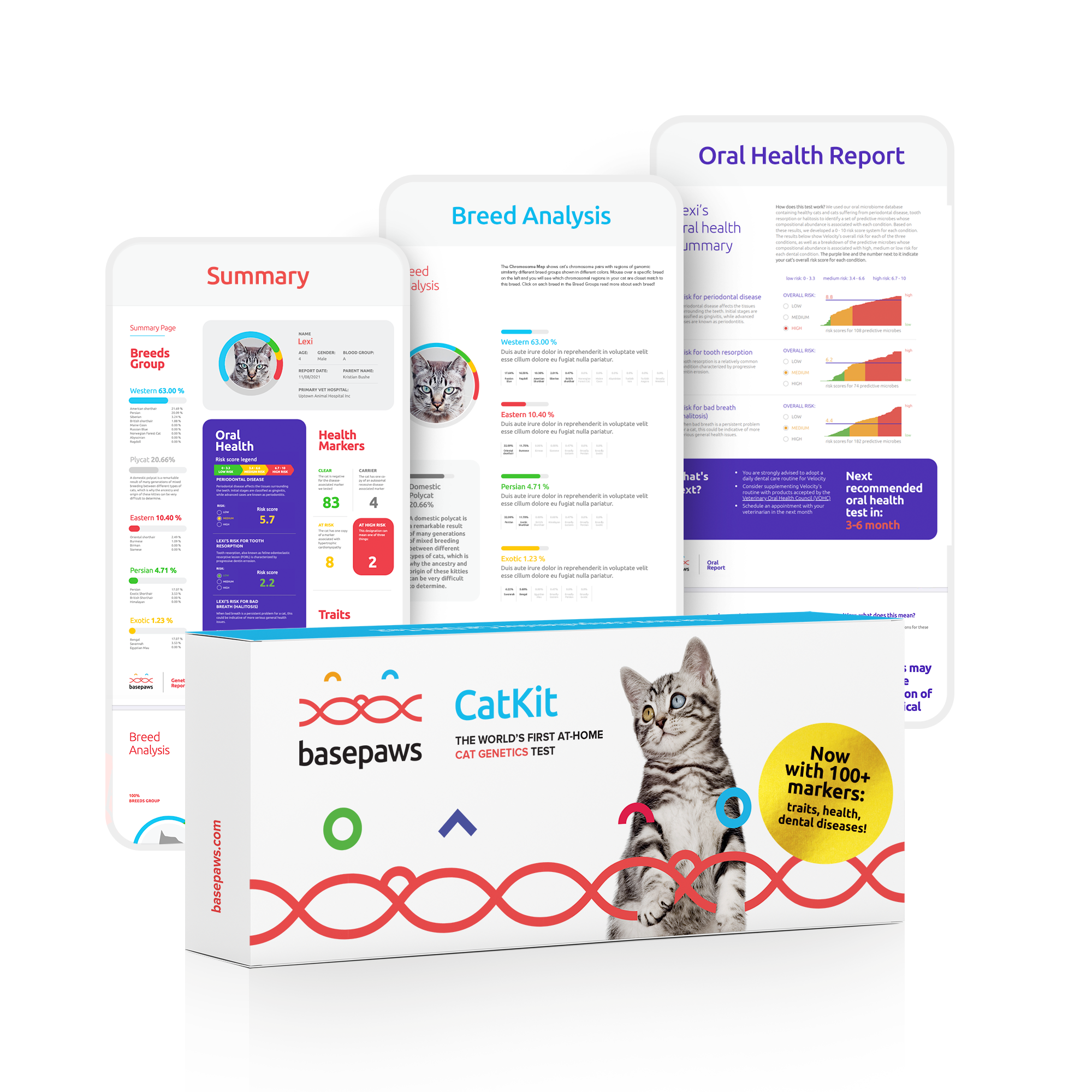
What did my cat DNA test reveal?
Just over a month after sending in my sample, I received an email from Basepaws. My cat’s DNA results were ready! I was giddy as I opened the report — what mysteries would be unearthed? Could Irving be part dog? Part squirrel? He has such a quirky personality, I wouldn’t have been surprised.
Spoiler: He is not part squirrel, nor is he a purebred cat. The breed section of the DNA results is divided into five groups: Western, Eastern, Persian, Exotic, and Polycat. Within the first four groups, there are subcategories of distinct breeds, while Polycat refers to the “remarkable result of many generations of mixed breeding between different types of cats.” Irving is a real hodgepodge, with a genetic makeup that’s 64.34 percent Western, 1.38 percent Eastern, 1.32 percent Persian, 3.03 percent Exotic, and 29.92 percent Polycat. I was particularly stunned to learn that Irving’s breed composition includes Maine Coon, Egyptian Mau, and the delightful-sounding Norwegian Forest Cat. He just looks like a plain old tuxedo cat to me.
While discovering your cat’s breed makeup is a lot of fun (I can’t believe my little guy has DNA from one of the world’s most ancient cat breeds!) the test’s greatest value lies in its health markers. I breathed a sigh of relief when I learned that Irving doesn’t carry genetic disease markers, but was concerned to find out that he does have a high risk of periodontal disease (something that’s apparently quite common in cats). Basepaws has an option to send the results to your vet, and I’ll definitely be bringing what I learned at his next checkup. It can be difficult to know what specific questions to ask a vet if you don’t notice a problem, so I appreciate the guidance these results provide.
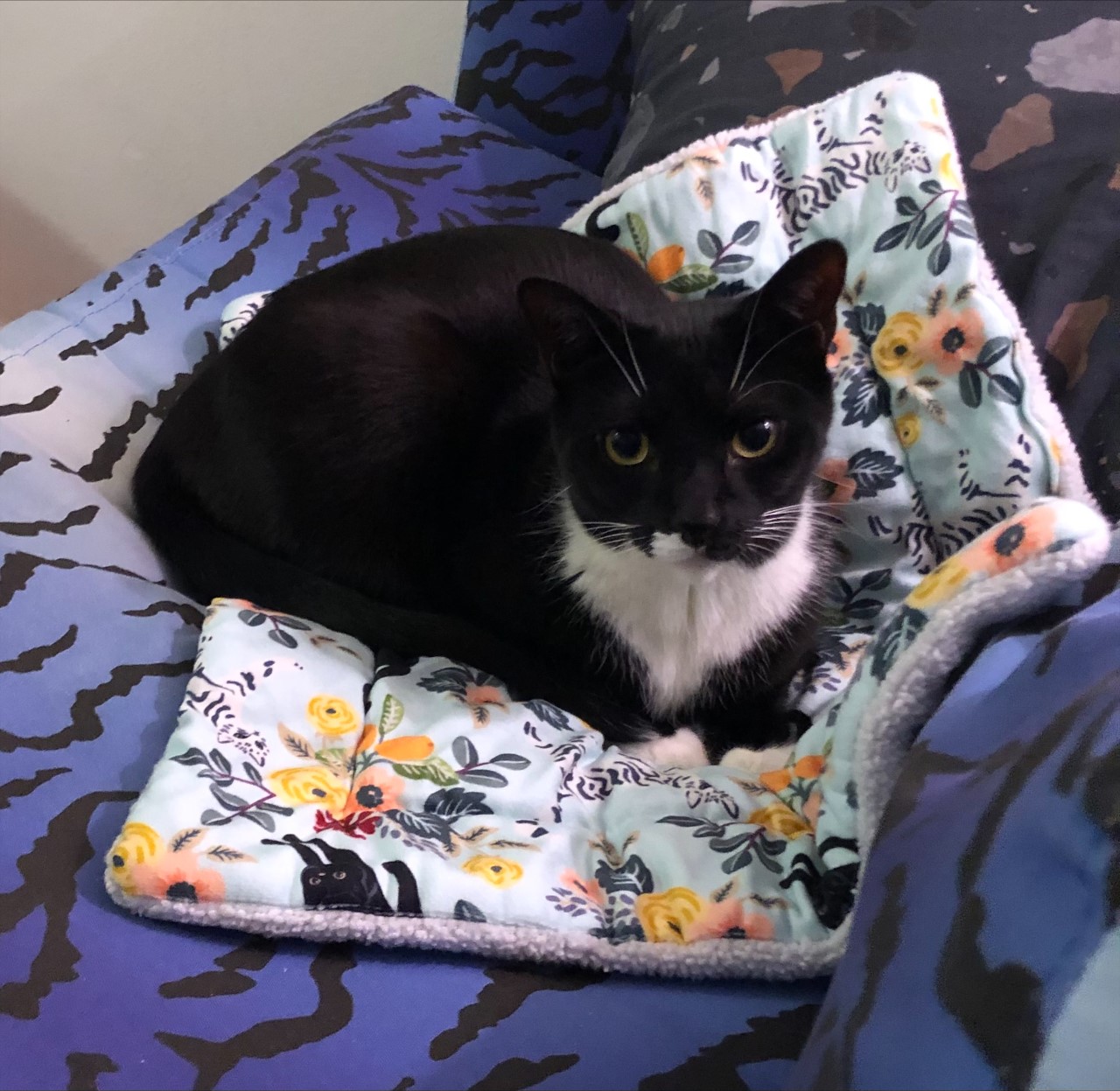
Should you do a DNA test on your cat?
My cat DNA test definitely felt worthwhile — the PDF containing Irving’s results was a hefty 67 pages, with lots of interesting information about different breeds and their health issues. While the cost is high (higher, in fact, than my cat’s adoption fee) and the test results took a while to arrive, I consider the final report to be a valuable resource, both for the novelty factor and the health insights. I was glad to see that Basepaws has a Veterinary Advisory Board, and vets who aren’t directly involved with the company also seem to approve of the DNA tests. Dr. Audrey Wystrach, a North Carolina-based veterinarian and founder and CEO of the vet clinic Petfolk (who is not a member of Basepaws’ Advisory Board), praised Basepaws for the comprehensiveness of their feline genetic database. Wystrach said she sees genetic testing as a “valuable tool for both cat owners and veterinarians” that can help cat parents “make more informed decisions about their pet’s care,” plus DNA tests allow veterinarians to “provide more accurate diagnoses and treatment plans.”
While I don’t think a cat DNA test is necessarily a must-buy, I found the results both intriguing and helpful. So, if you’re desperately curious about the origins of your feline pal — they’re part of your family, after all — give it a go.



